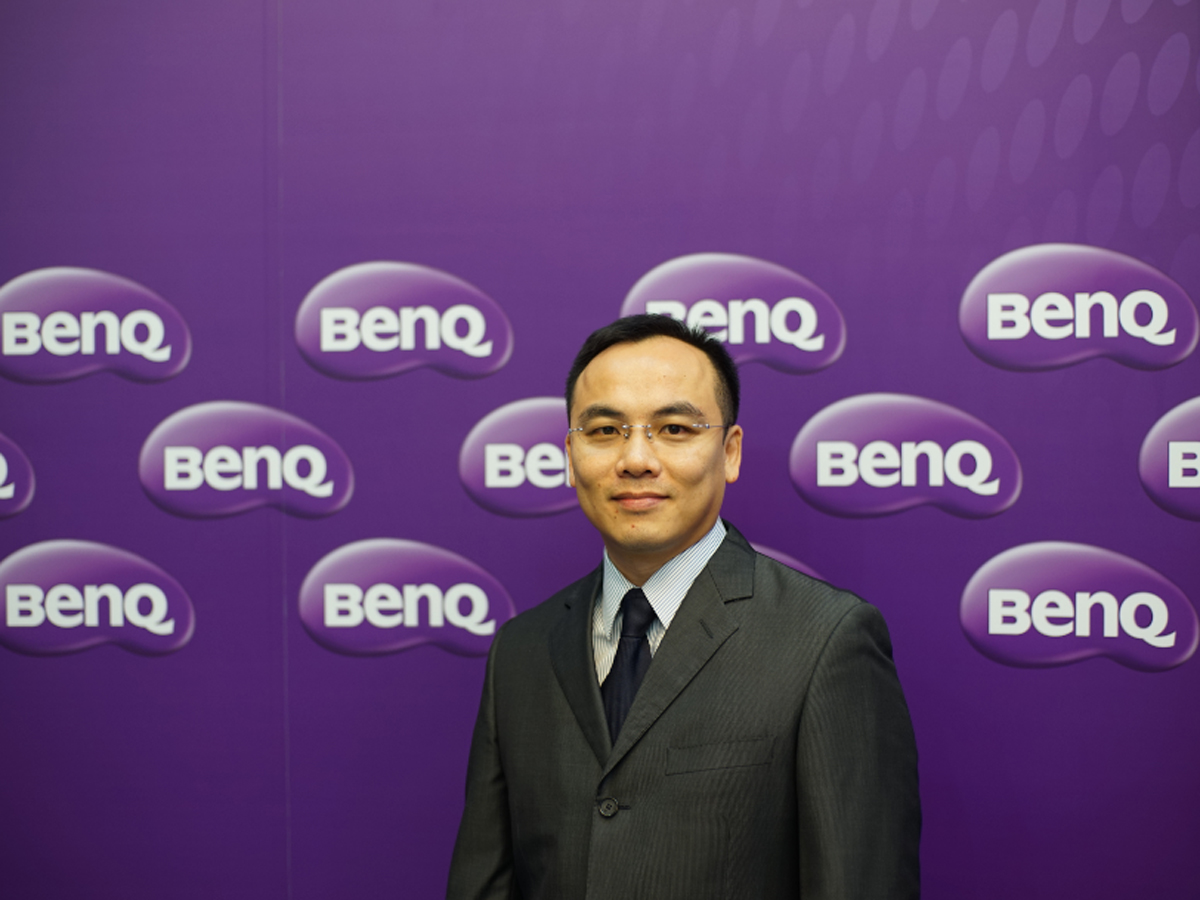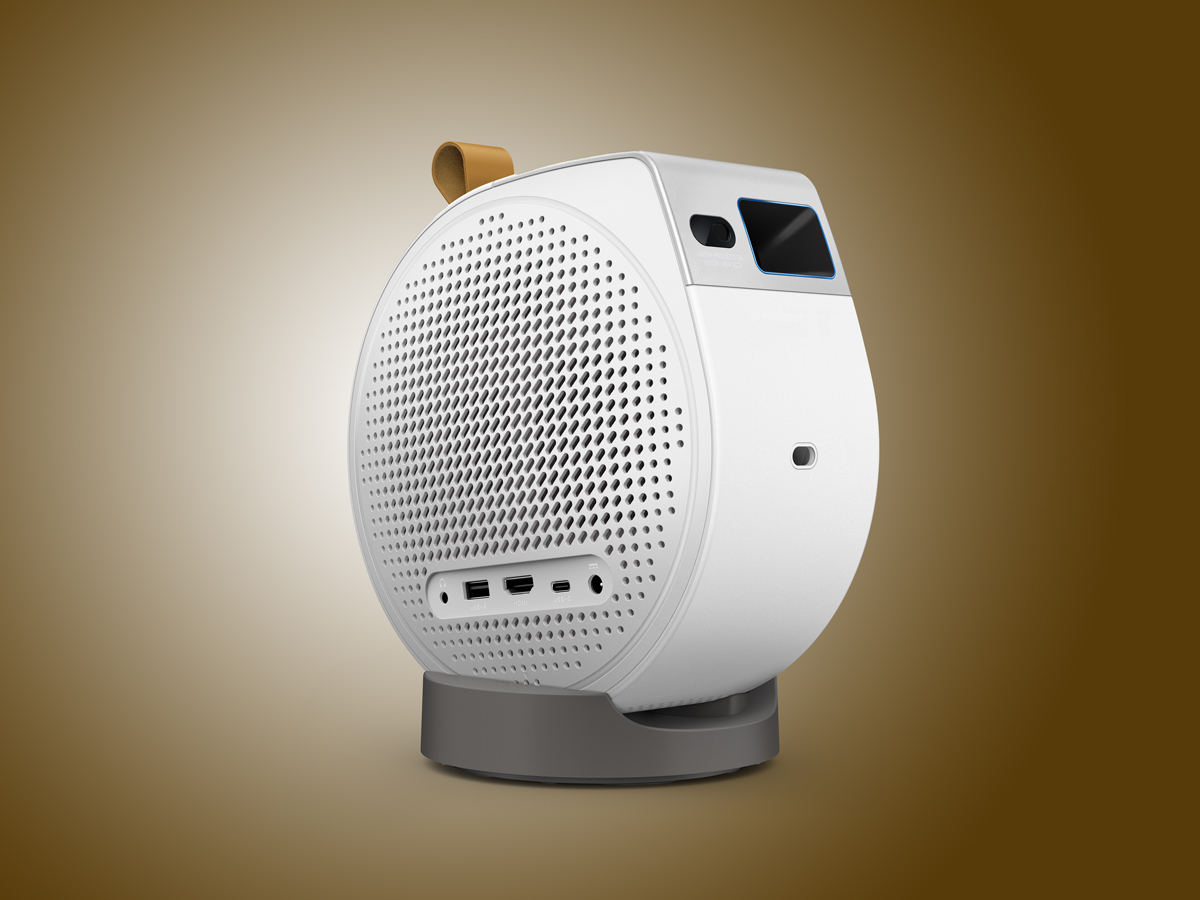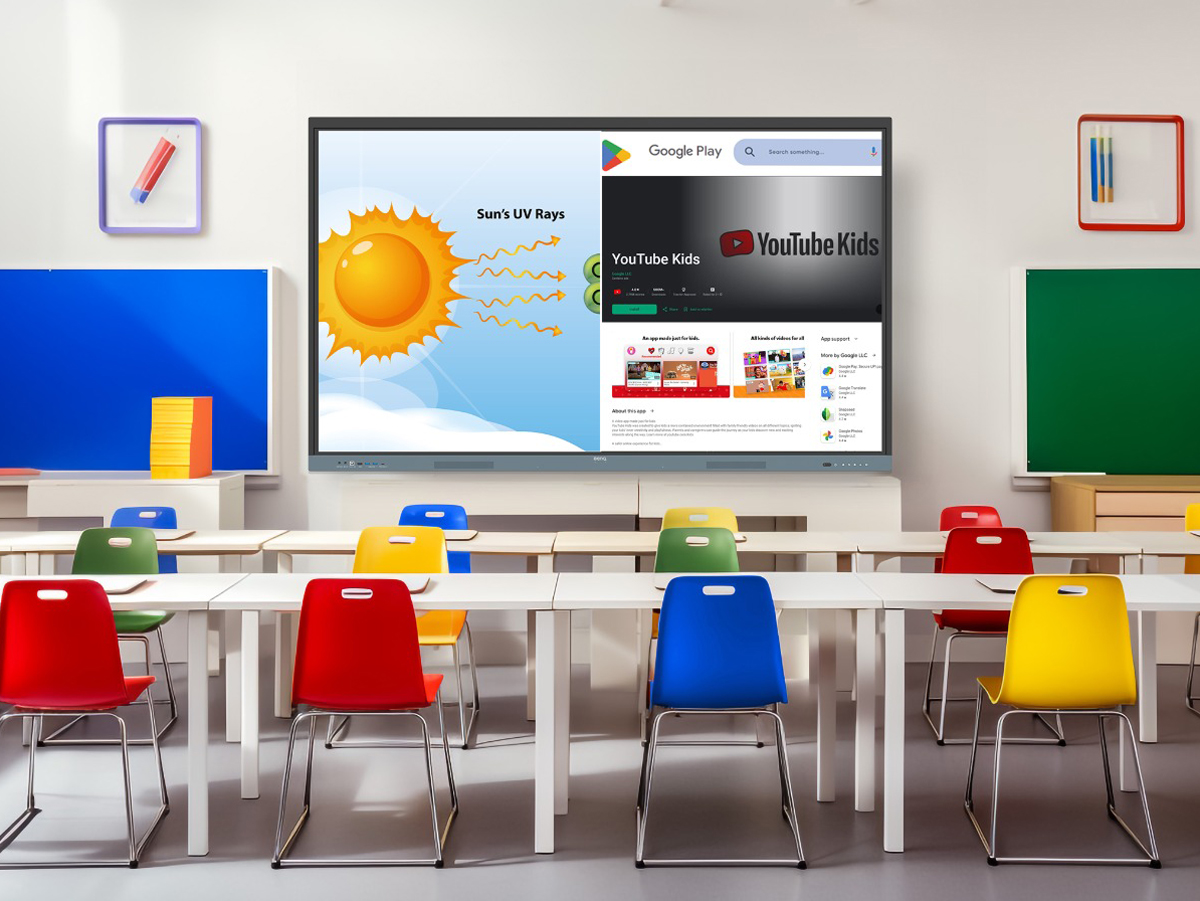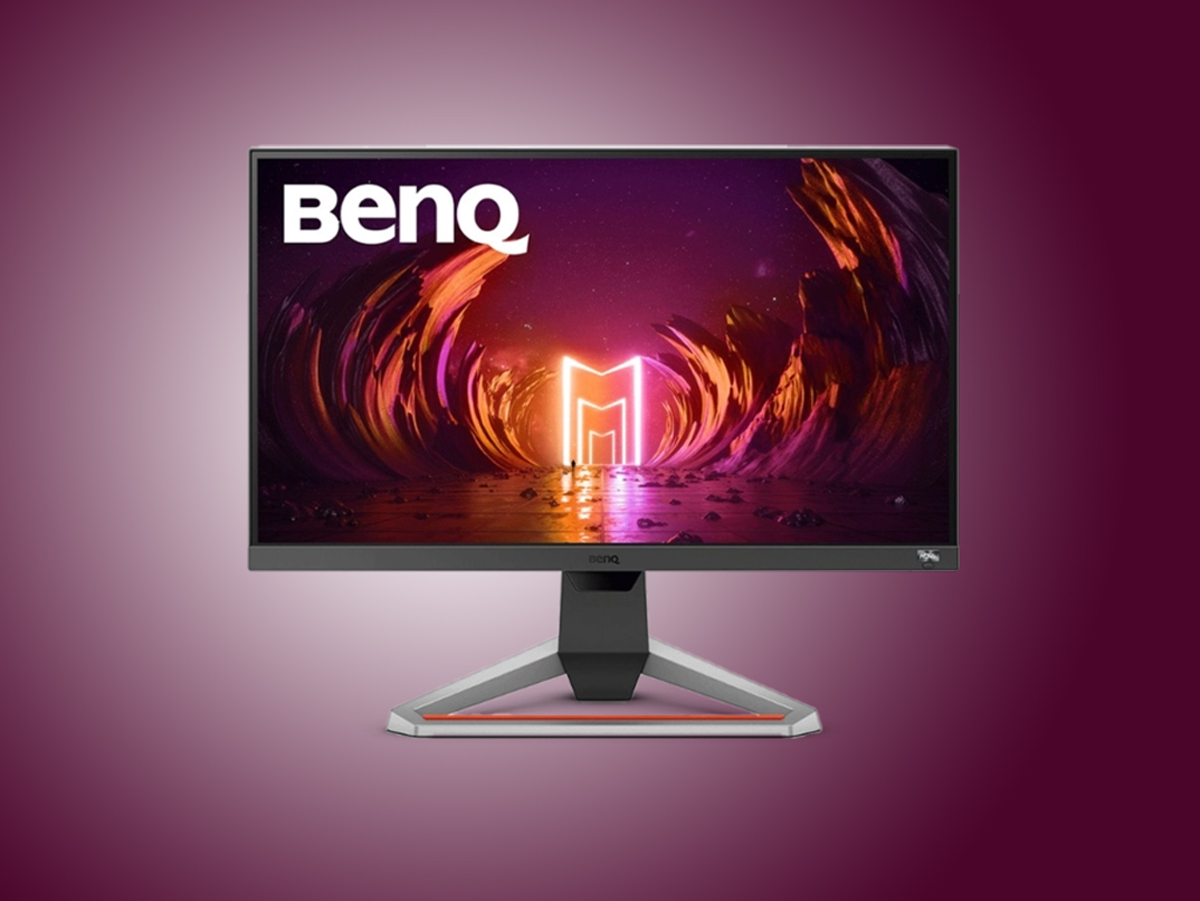We took a trip to Taipei this year to seek answers and dive deep into BenQ’s upcoming technologies and why the brand focuses on building products for the Indian audience. While the scope of our conversation was primarily on projectors, BenQ also dabbles in gaming monitors, interactive flat panels for the education sector and even some corporate stuff.
Stuff Meets: Mr. Jeffrey Liang President of BenQ Asia Pacific Corporation, and Mr Rajeev Singh, Managing Director, BenQ India
Projector projections…


When is Dolby Vision expected to be available on BenQ projectors?
Mr Rajeev Singh: So we are right now in the process of integrating Dolby Vision in some of the models. And we should be able to launch our first model with Dolby Vision in the second half of this year (2025). It will start with the higher-end ones, starting with a new model of laser TV projector that we are going to launch, so that would be mostly the first model where it will get integrated.
Any plans for supporting the IMAX Enhanced format in the projectors?
Yeah, that's also there in the plan. Mostly next year.
Do you expect ultra-short-throw projectors to outshine long-throw projectors in terms of innovation and form factor?
Mr Rajeev Singh: So, ultra short throw is a very different usage altogether. It's not a replacement of any of the existing projectors that you are using at home; it is a replacement of the TV, and of course, we are seeing continuous advancement in the ultra-short-throw laser projector from the product point of view, and it is becoming more and more versatile.
One other thing is that for it to become even more acceptable to the customer, there has to be an integration with the furniture. We are seeing that some of our partners are now creating furniture where the ultra-short throw projector, along with its screen, can be completely integrated, and it's a completely automated solution. So, with one click of a button, your entire cabinet transforms into your entertainment for the living room.

Mr. Jeffrey Liang: The ultra-short-throw projector is a better fit in a large living room. And for people who have a dedicated room, I think a lot of them still prefer the long-throw projector because you get a much better home cinema feeling from the long-throw projectors. After all, the uniformity of the image, by nature of the long-throw projector, will be better than the ultra-short-throw.
So, just like what Rajeev said, it’s not about replacing the long-throw home cinema projectors. It's about having another option for the big-sized TV in the living room.
If you're talking about numbers, then the total TV units (sold) a year is around 210 million units, and in India, if I remember correctly, it's around 20+ million units of TV sets. So even if you think about 1% of that, we are talking about 200 thousand units.

Given these numbers, what would be BenQ's product expansion strategy in India?
Mr Rajeev Singh: We see a lot of potential in the portable projector market. Because we’ve seen that the new generation of people, especially the millennials, want everything mobile. They live in rented accommodation, so they don't want something like a TV as their primary display device. They prefer a projector as their primary, and maybe the only… display device at home, which connects to all the gadgets they have, like a mobile phone, tablet, laptop, etc. The USP of this projector (portable) is that you can project it on any surface; you do not need a screen per se. You can project it on the wall, ceiling, or floor. You can even carry it with you. This generation is very mobile, as in they like going out a lot, on weekend trips and such. This way, you can carry it (a portable projector) with you.
So that's where we see a big demand coming up, and the way the projector technology is also advancing. We see that both of these put together will create a big business opportunity, and that's where we are doing a lot of consumer research in India to look at a portable projector which is specially designed for the Indian market requirements. We are in this process right now. It will take some time for us to come out with something like this, but we see a big potential when it comes to the portable projector market.
Mr. Jeffrey Liang: Something very interesting we found out through the research is that dust is an issue in many countries. So I think for the education sector, we are the first brand to come up with dustproof projectors. And through our research, we found out that even in people's homes, there’s a lot of dust because you don't always close the windows. This is a good opportunity for us because we have DLP projectors, which have a sealed engine. So we are pretty immune to dust.
Just like Rajeev mentioned, a lot of young people live in the digital era, and so they try to have some very affordable portable projectors, but a lot of those very affordable projectors have a big issue. It is from the LCD technology, so it is very easily impaired by dust.
So we see a lot of them on social media voicing their problems. A lot of them are suffering because those projectors cannot last even for 1000 hours. So I think this is something we also would like to educate the market on because you are (consumer) still investing in something, and you also want it to last long, right?
But going back to your question. It’s the same as what Rajeev mentioned, the market is a very big opportunity for us in terms of portable and personal space. But we also have short-throw projectors for living rooms as well, so we cover everything. All the types of projectors we cover are for the consumer.

So it's correct to say that you're going more towards consumer and lifestyle than B2B?
Mr. Jeffrey Liang: We are also very strong in the B2B education projectors because we do have a very strong product line, not only for projectors, but we also have the BenQ board and BenQ IFP (Interactive Flat Panel). Some school classrooms (in India) use BenQ IFP, and some of them use a BenQ projector.
And our BenQ projector has system viewing, which is a smart projector. It means that the device management system can be managed and monitored by the IT department.
So, imagine if you have 50 projectors on the campus, and another, let's say, 20 IFPs on the campus. How are you going to manage that? So, through our device management system (DMS), both the BenQ smart projector and the BenQ Board can be managed by the IT department.
Mr Rajeev Singh: And we are the only brand that has these smart projectors with the system. There's no other brand which has these for businesses and education.
Mr. Jeffrey Liang: And even those models are made in India. Hence, we want to focus on three main fields: home, education and corporate.

Can you elaborate on why BenQ is going to bring mini LED monitors?
Mr. Jeffrey Liang: We're also going to have the OLED one, especially for the Mobiuz line. We see that there are different pros and cons among the technologies. The Mobius lineup we are going to launch in the second half of this year has a lot of OLEDs. On the other hand, Mini LED still have some advantages over OLED, but in terms of the total colour performance, OLED is still better. However, it's not that we only have the mini LED one, no, we have the full lineup (Mini LED and OLED).
OLEDs have their advantages, but you see why in our Zowie monitor range, as of today, we don't have any OLED models. It's because of the motion clarity. So, in terms of motion clarity, right now, the TN Plus panel with our Zowie proprietary DyAc technology still gives the best motion clarity. And for the first-person shooting games, motion clarity is important.
So our strength is that we have very deep user understanding and design thinking, so we know what kind of application, what kind of technology, or panels are the best fit for that purpose.
For Mobiuz, I think, to have that kind of immersive gaming experience, especially for those console game, triple-A game players, (OLED) is very important because the colour reproduction is a priority.
